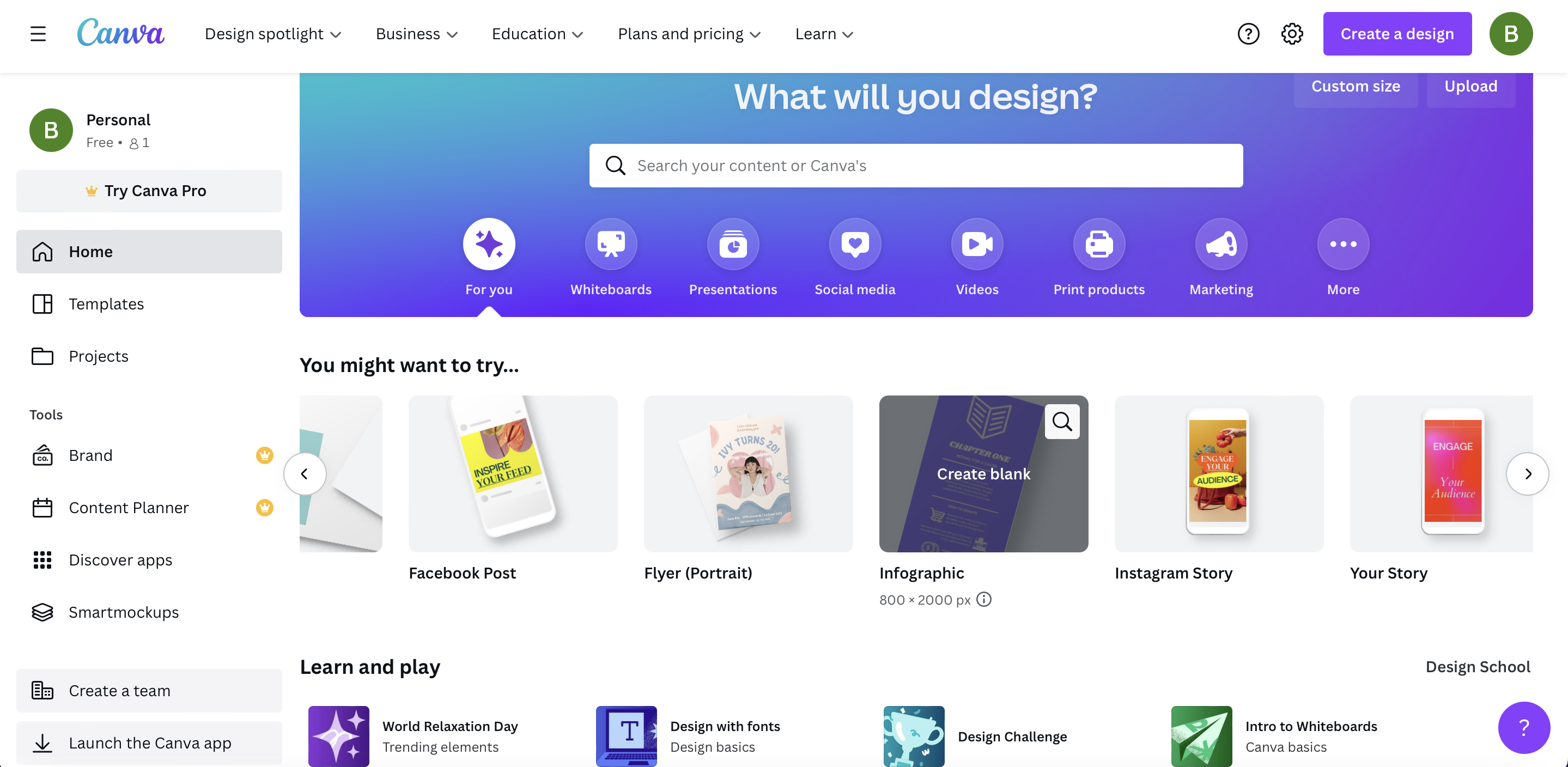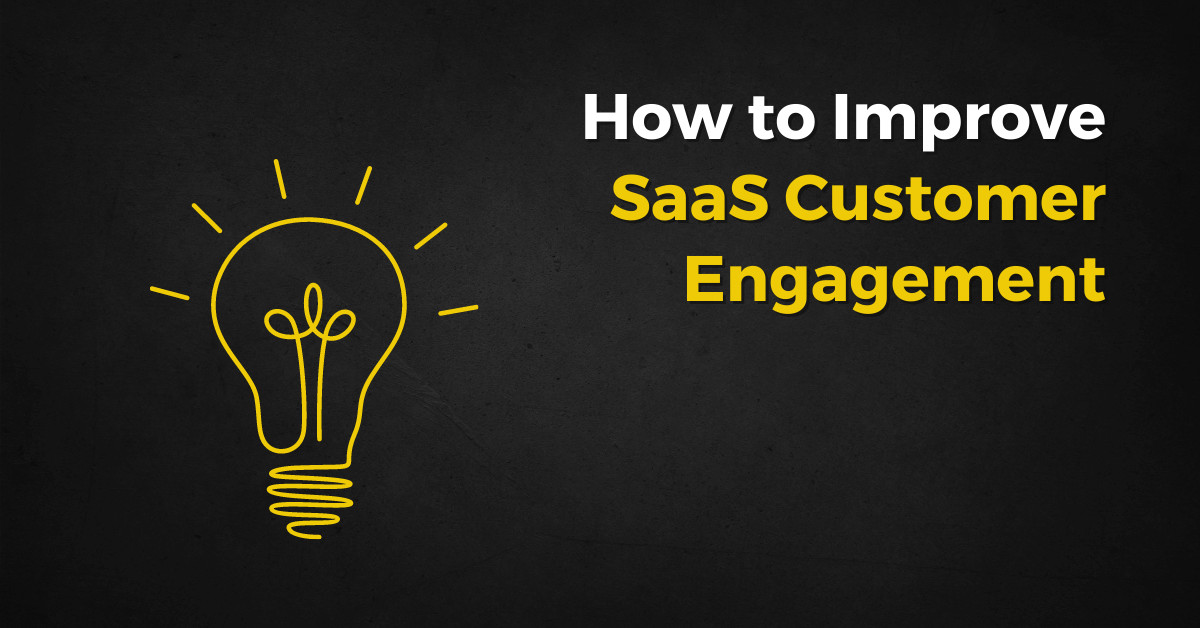Activation is a vital step of user onboarding. But knowing what user activation metrics to track to meet conversion rate goals isn’t always straightforward.
In this article, I’m going to define the user activation process, outline types of activation metrics, and dive into the importance retention and activation play in onboarding.
What is User Activation?
User activation is the process that begins at product sign-up and continues until the moment they experience the promise of the product for the first time.
The goal of activation is to fulfill a promise that solves user pain and improves their lives.
Companies – not data – define the promise of the product. Social media promotion, product demos, and organic marketing are ways companies share the promise they make with users.
Activation begins when users visit a company’s website and learn more about its product. Clicking a call to action signals that they are ready to try a product and have a defined promise in their mind as the milestone they want to reach.
For example, a person that wants to design branded infographics signs up for Canva to explore the various free and upgraded templates.

Onboarding is the path users take to achieve that promise, and each step of the process is the technical requirements they work through to get there. User activation occurs when they reach the promise of the SaaS product. For the Canva user in our example, that’s when they download the infographic they designed.
What Are User Activation Metrics, and How Can They Help Meet Your Onboarding Goals?
Measuring user activation provides crucial data you need to understand what needs improvement in your process, helps establish growth goals, and provides teams with vital information to implement a better customer onboarding framework.
InnerTrends uses activation metrics that measure the product’s core function, event tracking, and user retention to achieve onboarding goals.
Core Function
A company needs to identify its product’s core function to measure user activation’s success. The core function ensures you have a goal to reach or a promise to fulfill.
To help our customers determine the core function of their product, our InnerTrends has an Actionable Metrics Wizard. The Wizard asks a series of seven questions about:
- Product Name
- User Acquisition
- Core Functionality
- Activation
- Revenue
- Engagement
- Referrals
The first round asks about the product:
- “What’s the name of your product?”
- “What’s the purpose of the product?”
Then, the next series of questions dive deeper into the customer journey.

After completing all the questions, the Metrics Wizard, InnerTrends uses the identified core function as the main metric for the activation system.Event TrackingA company must decide on a specific event that triggers the conversion or the fulfillment of the core function or promise of the product. Your SaaS company needs to ask: what is the tracking event that uses the core functionality?For example, this could be clicking the “Get Started” button as showcased in the top right corner of Lately’s AI homepage.

User RetentionUser retention occurs when a user has been activated and has decided to use the product long-term. User retention may also be defined as retention during the onboarding process, which is part of the user activation process.Is User Activation the Same as User Retention?User activation rate and user retention are not the same metrics.
- User activation is the moment users get the value of a product.
- User retention is the continued use of a product over time.
Both must work in tandem for SaaS onboarding to be a success.
User Retention Before Activation
Companies must consider whether or not they can begin activation through marketing. The ideal marketing process helps start the user activation process, and failed marketing deters potential trial users from using the product.
InnerTrends looked at an email marketing campaign and found that prospects who did not open the sales email were just as likely to convert as those who opened it.
Active customers that are allowed to see and experience the product may be retained regardless of marketing efforts.
Trials or a free demo are great for SaaS companies to begin the signup process. The CloudApp homepage has not one but two “Get Demo” and “Download Free” buttons.

Top product-led growth companies maintain an average activation rate between 20% and 40% for freemium and free trial users.
User Retention During Onboarding
User onboarding aims to help new users experience what your product enables them to do. One of the critical product onboarding practices is speaking to prospects’ desires. How does your product solve their pain?
Without successful onboarding, prospects won’t complete the signup and become active users.
The product’s core function is fulfilled when a user has signed up and is using the product. The company has delivered its promise, but its effort cannot stop there.
During onboarding, a company must observe how the user reacts to each process step. Where are they dropping off? By doing so, they can measure user retention before activation.
In one example of user onboarding, a company may have prospects use a product guide. Typically, sharing a product guide with users is an effective solution for troubleshooting problems. However, active customers may lose interest if the guide is tedious, drop off, and never reach the activation stage.
Every step in the onboarding process must be strategic. Adding a call-to-action button to watch a demo video might not be the next best step for your onboarding flow. Every click a user makes must take them to the next step where they learn something to get active users.
User Retention After User Activation
Getting users signed up and activated is only part of the work. After activation, SaaS companies need to observe user behaviors.
Will they continue using the product, or will they never use it again?
Up to 60% of people who sign up for a trial software product use it once before abandoning it.
Getting to the promise of the product does not mean the user will start using it; the only guarantee is they’ll tell someone about their positive or negative experience.
Users need multiple interactions with a product before they use it long-term.
What is the Biggest Mistake Companies Make During User Activation?
A company cannot fulfill the promise of delivering the core functionality to the user if there’s a drop-off during the onboarding process.
Over simplifying a step in the onboarding flow is a common mistake. The onboarding funnel has to be just right, so they don’t seek a better alternative.
Companies generally take it upon themselves to make the process easier for the user by filling out information that the user should do. But, if the user is not learning anything about the product during onboarding, the company will not be able to fulfill the promise of delivering the core functionality.
How Long Should Onboarding a User Take?
Onboarding and user activation may take a couple of hours to a week or more. There’s no wrong or right answer for how long the process should take.
InnerTrends studied five companies and their onboarding procedures and found that the longer a user takes to onboard, the higher their retention rate.
Let people go for their rhythm. You need suitable friction, not less friction during onboarding.
When Is the Best Time for a User to Buy a Product During the Activation Process?
InnerTrends uses an algorithm to determine when users buy a product. The company looks at the onboarding to activation timeline and chooses the median number of successful activations.
There should be common user behaviors within the onboarding data.
Simply put, InnerTrends values more activations so they can work on retention at a different scale. Its user activation method offers free signups so that users can experience their product.
Expert Tips for Onboarding or Activation
Here’s some advice for entrepreneurs looking to boost the activation stage and their onboarding numbers.
1. Make sure your team is aligned with your product's promise.
Fulfilling your product’s promise and core functionality is of utmost importance, and your entire team must be on the same page.
2. Track an easy event with 100% accuracy.
An event should be more than a click of a button. Measure the technical requirements for the product’s marketing, onboarding, and retention promise.
3. Find out what people do during onboarding.
Analyze what makes a user leave the onboarding process and what they like about it that makes them stay. To get to the product’s promise, you’ll likely have to tweak your onboarding process to complete activation and possibly retain a user.
So…
what are your user activation metrics, and how are you using them during onboarding?






















